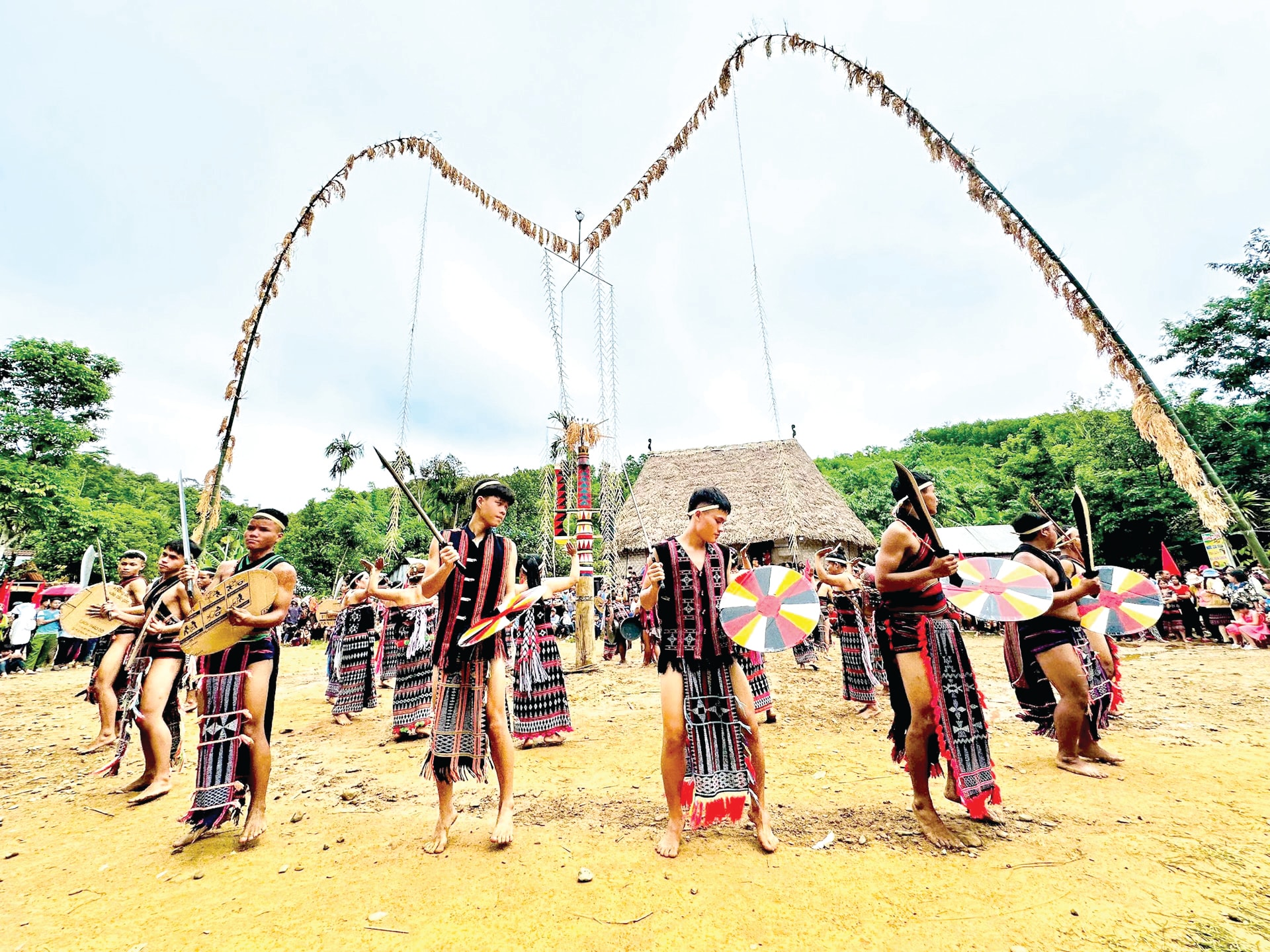
Going to the mountains. There, I felt like I was lost in another civilization, another world with so many new things, always full of surprises. There, the person opposite me, who just a few minutes ago was silently drinking and laughing, suddenly transformed into an artist. A street singer. A storyteller...
By the fire
Plenh's house is located in the middle of Po'rning village. Next to the main house, Plenh built a small stilt house with a kitchen. That was our meeting place every time we returned to visit him in the Tay Giang mountains.
During his business trips to the villages, he quietly recorded, pieced together and collected everything about the culture of the Co Tu people. Occasionally, he brought back a gift, a polished buffalo horn flute. An abel. A small buffalo skin drum, or bark clothes, extremely rare in modern life.
Plenh knew a little about music theory. He also learned about each musical instrument he brought home. He learned with his ears, his eyes, and by listening to the village elders sing. He also learned how to make musical instruments. “So that I can teach my children later. So that these things will not be lost,” Plenh said, amidst the crackling sound of the dried bamboo sticks that had just been added to the stove.
We drank wine in the cold of the border region. Many people jokingly called Plenh an artist of the forest. Plenh just smiled, waved his hand and refused to accept that title. “I love the mountains, the forests, and everything that belongs to this land. Music is an inseparable part of the cultural treasure of Tay Giang where I live,” Plenh explained.
He told about the village elders of Tay Giang, the true artists of his homeland. There was Mr. Briu Po, old Clau Blao, or Mr. Alang Avel, the venerable village elders, the living treasures of the culture of the Co Tu people of his hometown. There was any person who participated in the fun, suddenly excited to raise their voice.
For them, music is not for performing, but for sharing, for telling stories. A song is not sung for applause, but for self-satisfaction. To let the forest know, I am still here. Plenh spread his hands, explaining.
That was the origin of musical instruments, made from simple materials around them: a piece of wood, a milk can and a steel wire separated from a cable to make a musical instrument similar to the “monochord”, a reed pipe, a bamboo flute, or even stones to beat to create rhythm. Each musical instrument is a story, carrying the breath of the mountains, of ancestors, of the days growing up in the forest.
“A musical instrument is not just an object, it has a soul” - Plenh said. And it is true. When he beats the drum or reaches for the guitar, I see the whole forest come to life, see the Co Tu girls and boys joyfully dancing to the sky, see the nights of lighting fires to sing to celebrate the new rice...
Village artist
Mountain people sing as if they are speaking from the depths of their souls. Their melodies echo throughout the mountains and forests, without needing a stage or an audience. Because they sing for themselves, for the love of music that originates from their primitive consciousness, singing for the joy and happiness of life.
They have always been special artists of the village. They do not perform for fame, they simply sing for their own needs. Their music is like breath, like the clear stream flowing through the mountain ravine, clear and full of emotion. Their singing rises up in the midst of nature, blending with the sound of wind, birds, and rustling leaves. It is like a magical intersection between man and nature, between the past and the present.
One year, I stopped in the mountains of Tra Cang (Nam Tra My) to find Mr. Ho Van Thap. Mr. Thap is a rare person who knows how to make and perform the unique lithophone of the Xe-dang people in the area. Villagers said that Mr. Thap made and played many of the instruments he made himself. He sang at village festivals, by the fire, and in the drunken parties of rice wine.
His singing and playing of the instrument resounded like a sacred ritual for himself. No pattern. No preparation. No pattern. He sang for pure joy, for the endless loneliness of the life of a village artist.
That is the natural and primitive artistic soul of the mountain people. They sing with all their heart. They sing as a way to express themselves, to share their joys, sorrows and even their dreams.
Through music, the mountain people find sympathy and comfort. Life is still full of hardship. But there, they are immersed in another space, not belonging to the ground. The song flies through the village, over the mountain, following the wind wandering somewhere in the forest.
The mountain people sing and live with a proud, simple yet profound artistic soul. A very special “civilization”, never to be mixed, nothing can fence or violate.
Source: https://baoquangnam.vn/hat-giua-mien-rung-3154056.html



![[Photo] Ho Chi Minh City Youth Take Action for a Cleaner Environment](https://vphoto.vietnam.vn/thumb/1200x675/vietnam/resource/IMAGE/2025/11/04/1762233574890_550816358-1108586934787014-6430522970717297480-n-1-jpg.webp)
![[Photo] Comrade Nguyen Duy Ngoc holds the position of Secretary of the Hanoi Party Committee](https://vphoto.vietnam.vn/thumb/1200x675/vietnam/resource/IMAGE/2025/11/04/1762234472658_a1-bnd-5518-8538-jpg.webp)
![[Photo] Ca Mau "struggling" to cope with the highest tide of the year, forecast to exceed alert level 3](https://vphoto.vietnam.vn/thumb/1200x675/vietnam/resource/IMAGE/2025/11/04/1762235371445_ndo_br_trieu-cuong-2-6486-jpg.webp)

![[Photo] The road connecting Dong Nai with Ho Chi Minh City is still unfinished after 5 years of construction.](https://vphoto.vietnam.vn/thumb/1200x675/vietnam/resource/IMAGE/2025/11/04/1762241675985_ndo_br_dji-20251104104418-0635-d-resize-1295-jpg.webp)
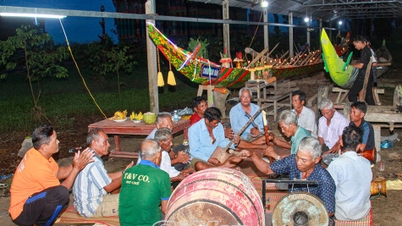



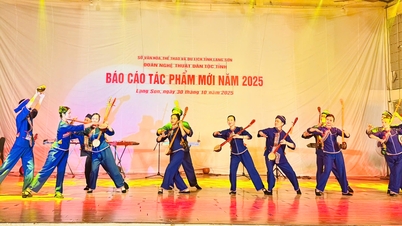

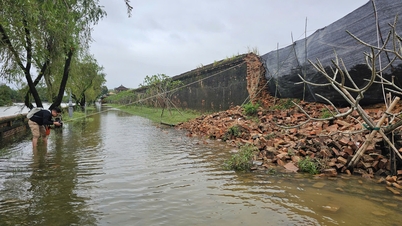





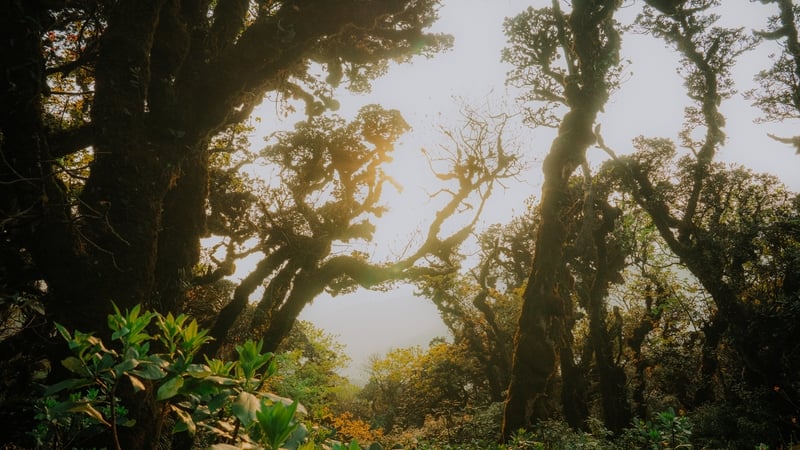


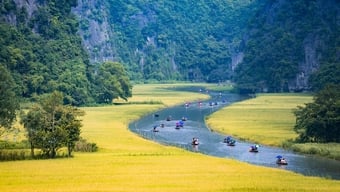


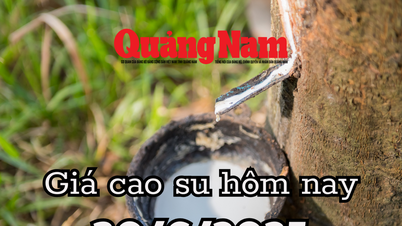




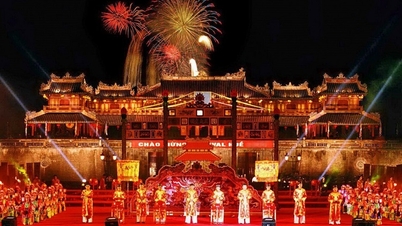

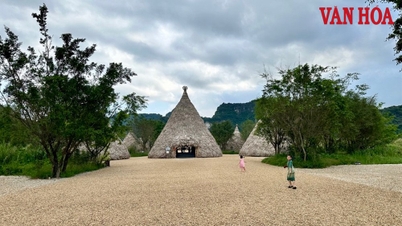

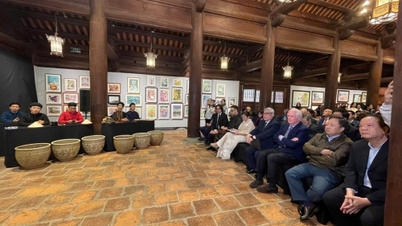


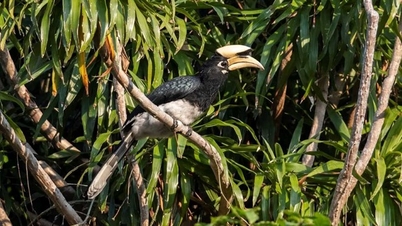



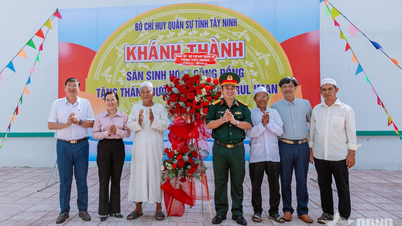








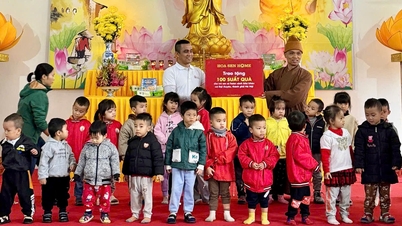

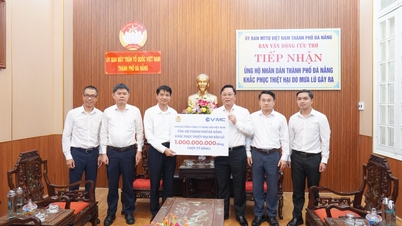





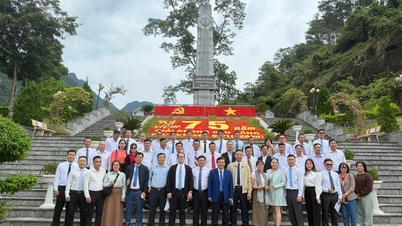










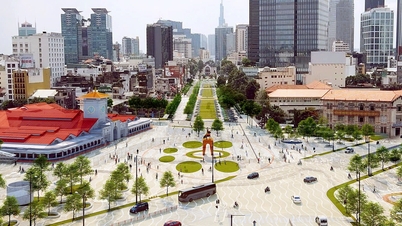


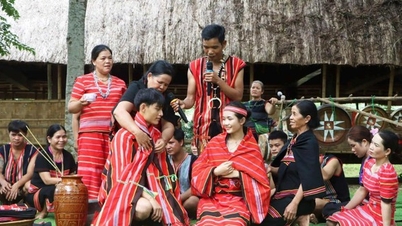





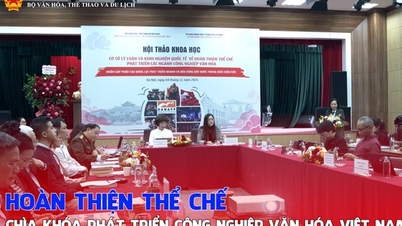








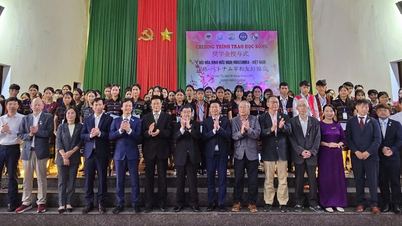


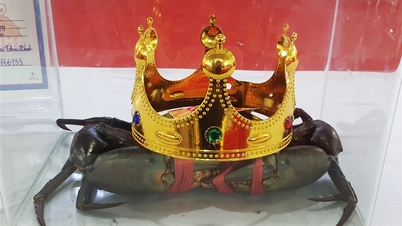


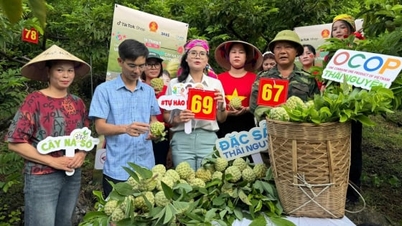












Comment (0)